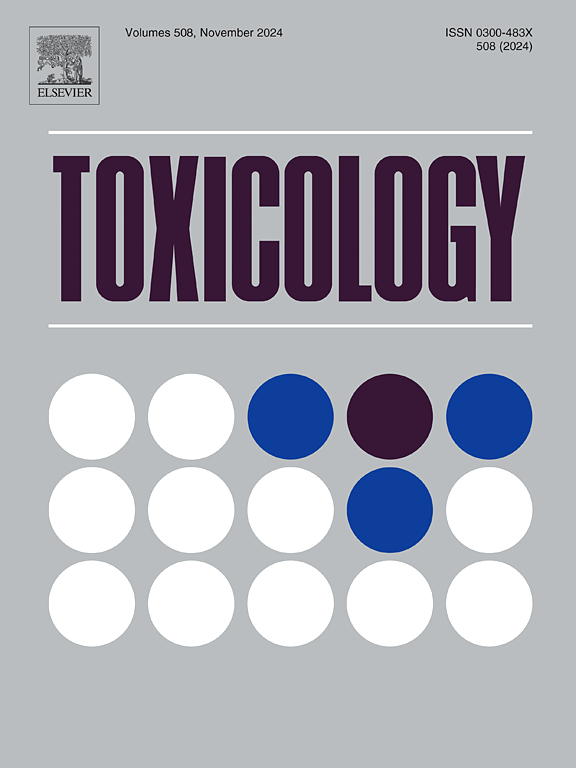数学模型揭示了化合物特异性应激途径的活性。
IF 4.6
3区 医学
Q1 PHARMACOLOGY & PHARMACY
引用次数: 0
摘要
药物性肝损伤(DILI)是困扰药物开发行业的一个主要问题。有研究表明,细胞内应激通路的激活是DILI的一个重要指标。在这个项目中,我们的目标是建立三种具有高DILI倾向的化合物:呋喃妥因、双氯芬酸和酮康唑的诱发应激反应的数学模型。为此,我们使用HepG2细胞和细胞相关化合物以及细胞内谷胱甘肽测量的成像数据。我们最初开发了一个模型,用于硝基呋喃妥英暴露后的综合和氧化应激反应。随后,我们将其扩展到模拟双氯芬酸和酮康唑的反应。为了将模型应用于这些化合物,需要重新校准多个参数,但模型的结构保持不变。我们的分析表明,即使激活的途径相同,转录因子和下游靶标之间的相互作用程度也可能不同。本文章由计算机程序翻译,如有差异,请以英文原文为准。
Mathematical modelling reveals compound-specific stress pathway activity
Drug-induced liver injury (DILI) is a major problem for the drug development industry. It has been suggested that activation of stress pathways within cells is an important indicator of DILI. In this project, we aimed to develop a mathematical model of invoked stress responses by three compounds with high DILI liability: nitrofurantoin, diclofenac and ketoconazole. To this end, we used imaging data from HepG2 cells and cell-associated compound and intracellular glutathione measurements. We initially developed a model for the integrated and oxidative stress responses following nitrofurantoin exposure. Subsequently, we expanded this to simulate responses to diclofenac and ketoconazole. To apply the model to these compounds multiple parameters required recalibration, yet the structure of the model was unchanged. Our analysis shows that the magnitude of interactions between transcription factors and downstream targets can differ even when the activated pathways are the same.
求助全文
通过发布文献求助,成功后即可免费获取论文全文。
去求助
来源期刊

Toxicology
医学-毒理学
CiteScore
7.80
自引率
4.40%
发文量
222
审稿时长
23 days
期刊介绍:
Toxicology is an international, peer-reviewed journal that publishes only the highest quality original scientific research and critical reviews describing hypothesis-based investigations into mechanisms of toxicity associated with exposures to xenobiotic chemicals, particularly as it relates to human health. In this respect "mechanisms" is defined on both the macro (e.g. physiological, biological, kinetic, species, sex, etc.) and molecular (genomic, transcriptomic, metabolic, etc.) scale. Emphasis is placed on findings that identify novel hazards and that can be extrapolated to exposures and mechanisms that are relevant to estimating human risk. Toxicology also publishes brief communications, personal commentaries and opinion articles, as well as concise expert reviews on contemporary topics. All research and review articles published in Toxicology are subject to rigorous peer review. Authors are asked to contact the Editor-in-Chief prior to submitting review articles or commentaries for consideration for publication in Toxicology.
 求助内容:
求助内容: 应助结果提醒方式:
应助结果提醒方式:


